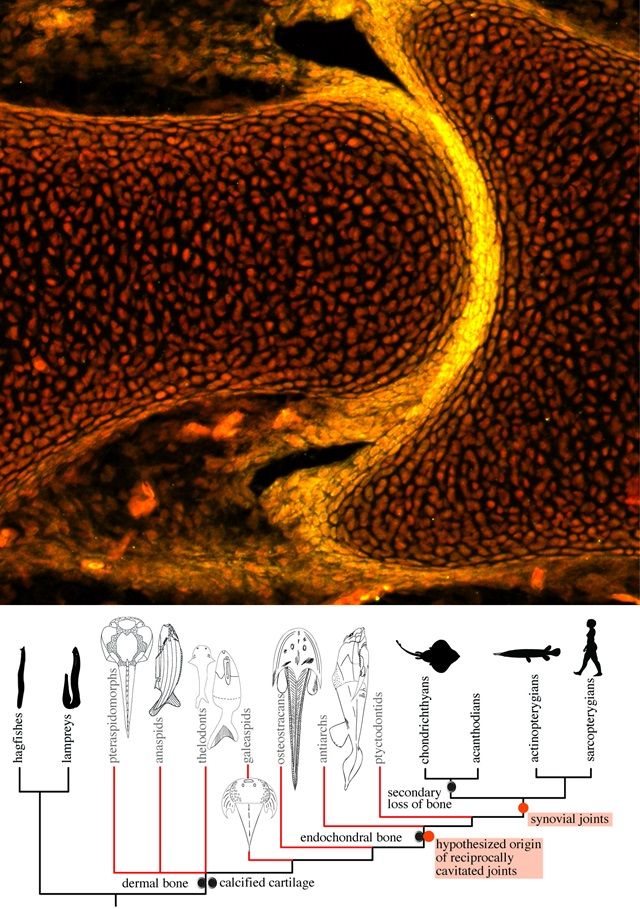PhD@Venkadesan Lab at Yale University.
Intrigued by the role of mechanics in the development and evolution of morphology and control.

“Synovial joints were present in the common ancestor of jawed fish but lacking in jawless fish”
Paper: plos.io/3CTC8La
Primer by @crumplab.bsky.social: plos.io/4kkhXa6
I hope you enjoy reading it!
www.nature.com/articles/s41...

www.nature.com/articles/s41...
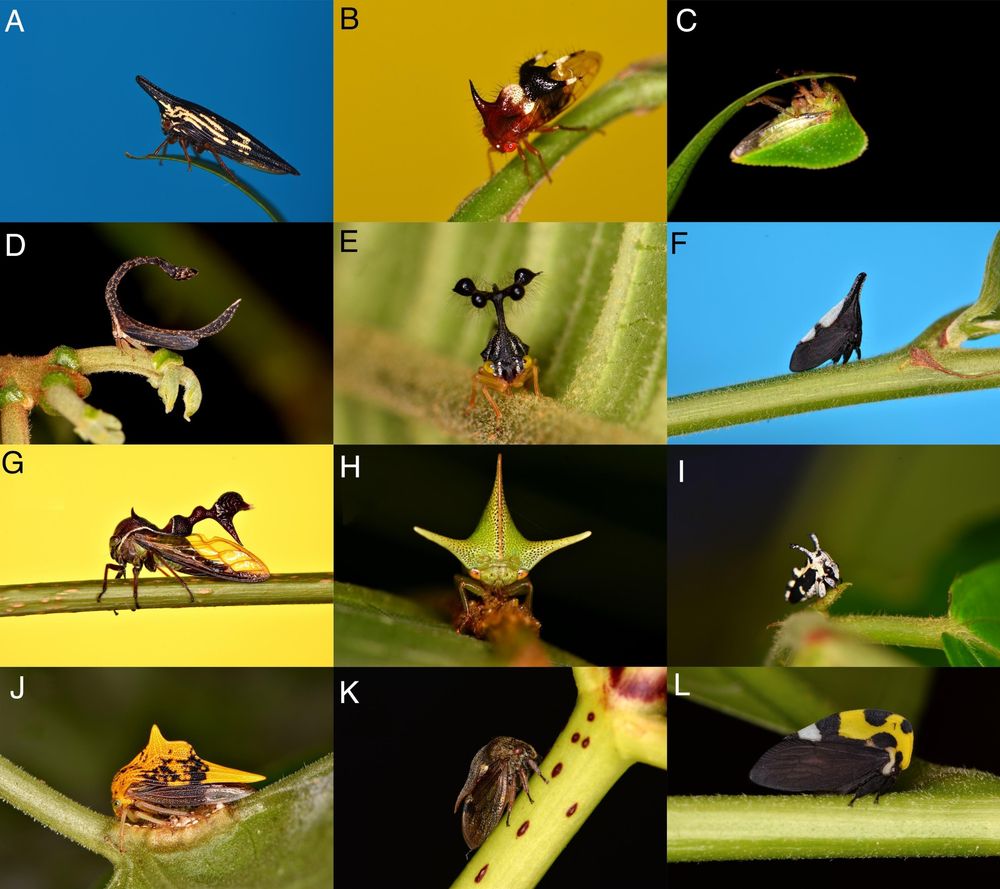
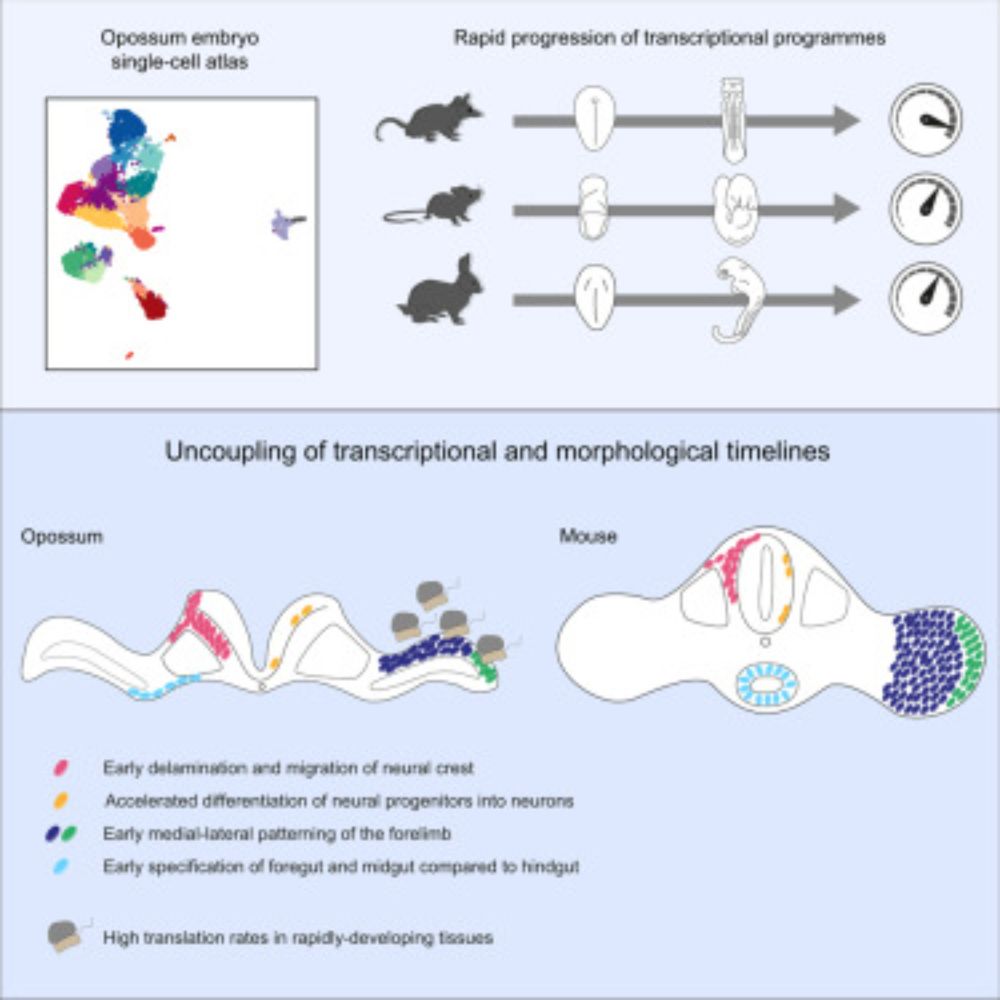

www.nature.com/articles/s41...
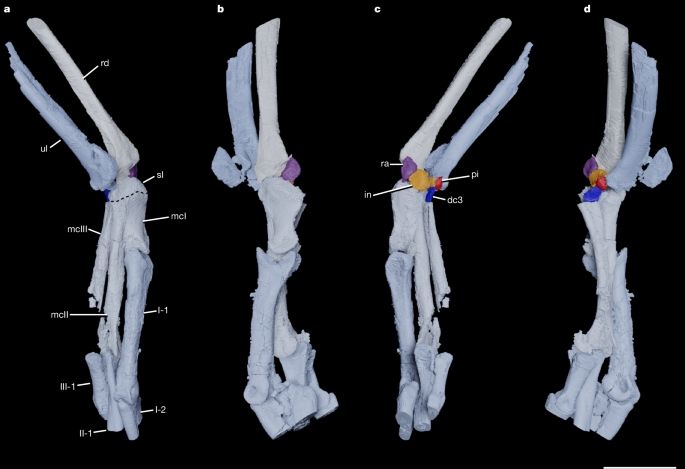
www.nature.com/articles/s41...
Background and video: phys.org/news/2025-05...
Open Access Paper: www.nature.com/articles/s41...
News and Views: www.nature.com/articles/d41...

Background and video: phys.org/news/2025-05...
Open Access Paper: www.nature.com/articles/s41...
News and Views: www.nature.com/articles/d41...
Here it is, for some leisure reading:
Read this 'Behind the paper' story from Neelima Sharma @neelimasharma.bsky.social to find out 👇
thenode.biologists.com/when-did-our...
#EvoDevo @neilshubin.bsky.social

Here it is, for some leisure reading:
www.stcatz.ox.ac.uk/dr-henry-ben...
He wrote numerous amazing papers, including on how fleas jump so high:
scholar.google.com/scholar?q=au...
#biomechanics #obituary #stcatz
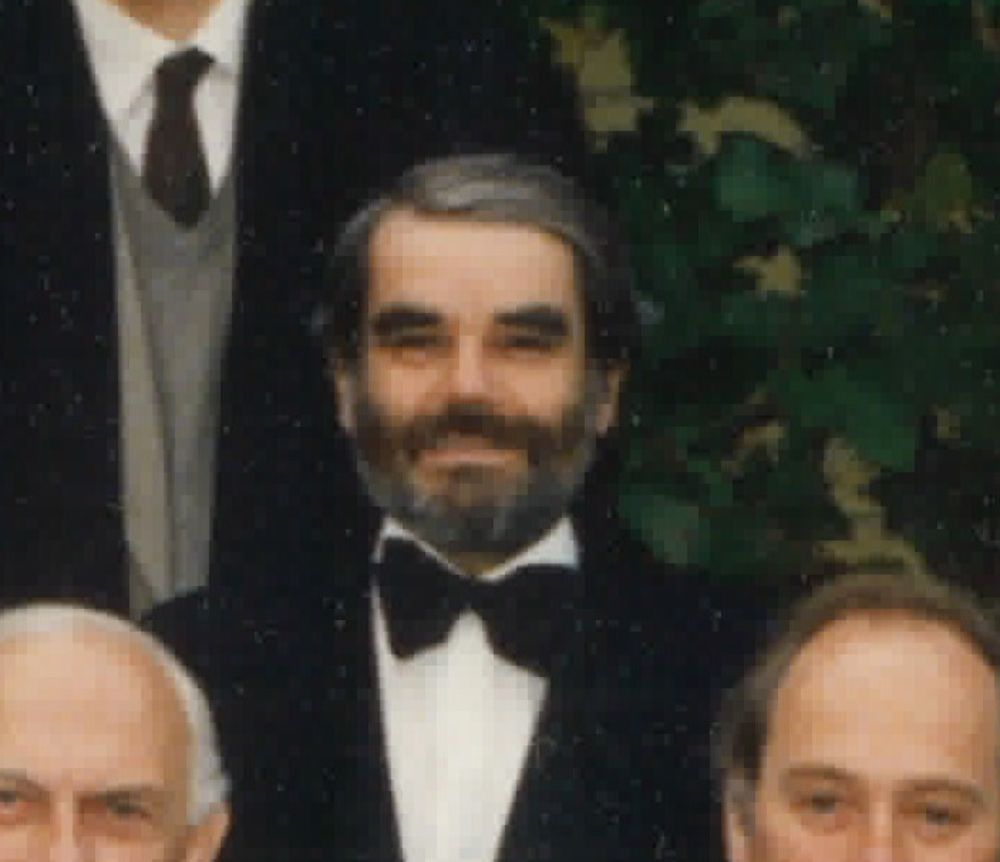
www.stcatz.ox.ac.uk/dr-henry-ben...
He wrote numerous amazing papers, including on how fleas jump so high:
scholar.google.com/scholar?q=au...
#biomechanics #obituary #stcatz
“Synovial joints were present in the common ancestor of jawed fish but lacking in jawless fish”
Paper: plos.io/3CTC8La
Primer by @crumplab.bsky.social: plos.io/4kkhXa6
I hope you enjoy reading it!

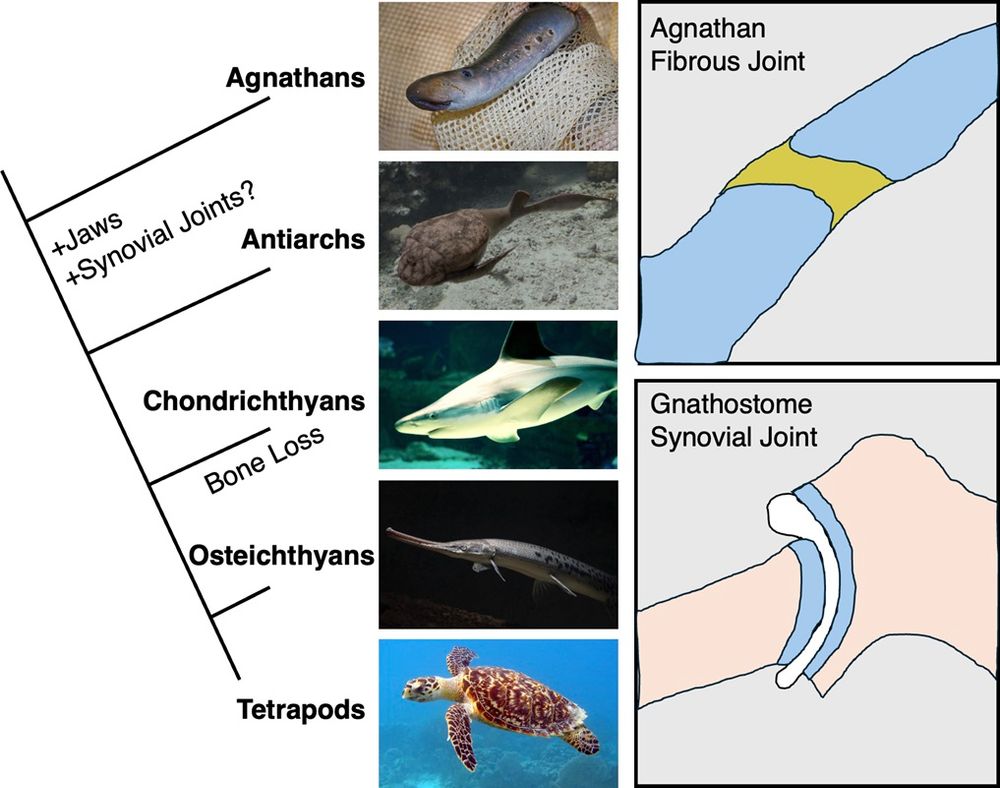
“Synovial joints were present in the common ancestor of jawed fish but lacking in jawless fish”
Paper: plos.io/3CTC8La
Primer by @crumplab.bsky.social: plos.io/4kkhXa6
I hope you enjoy reading it!

“Synovial joints were present in the common ancestor of jawed fish but lacking in jawless fish”
Paper: plos.io/3CTC8La
Primer by @crumplab.bsky.social: plos.io/4kkhXa6
I hope you enjoy reading it!
